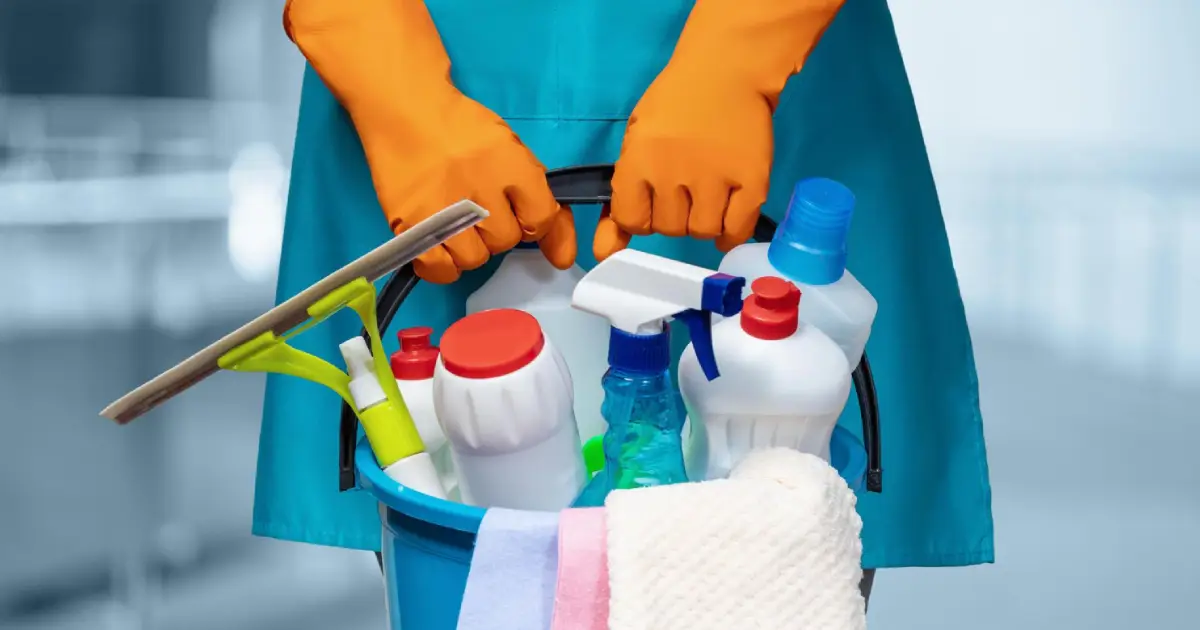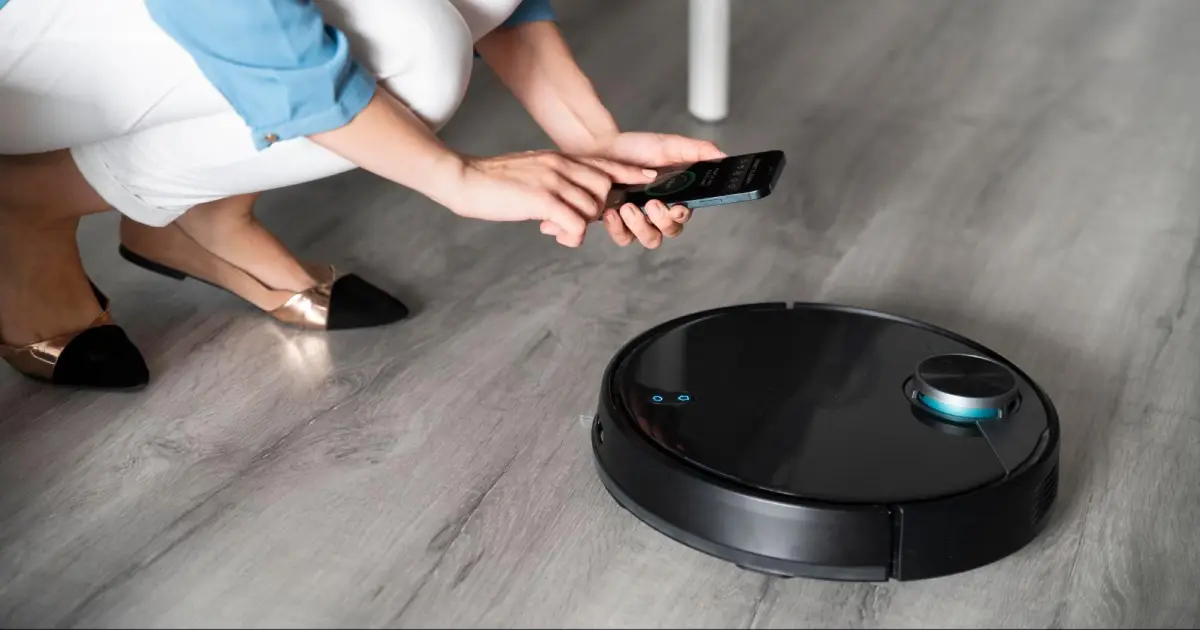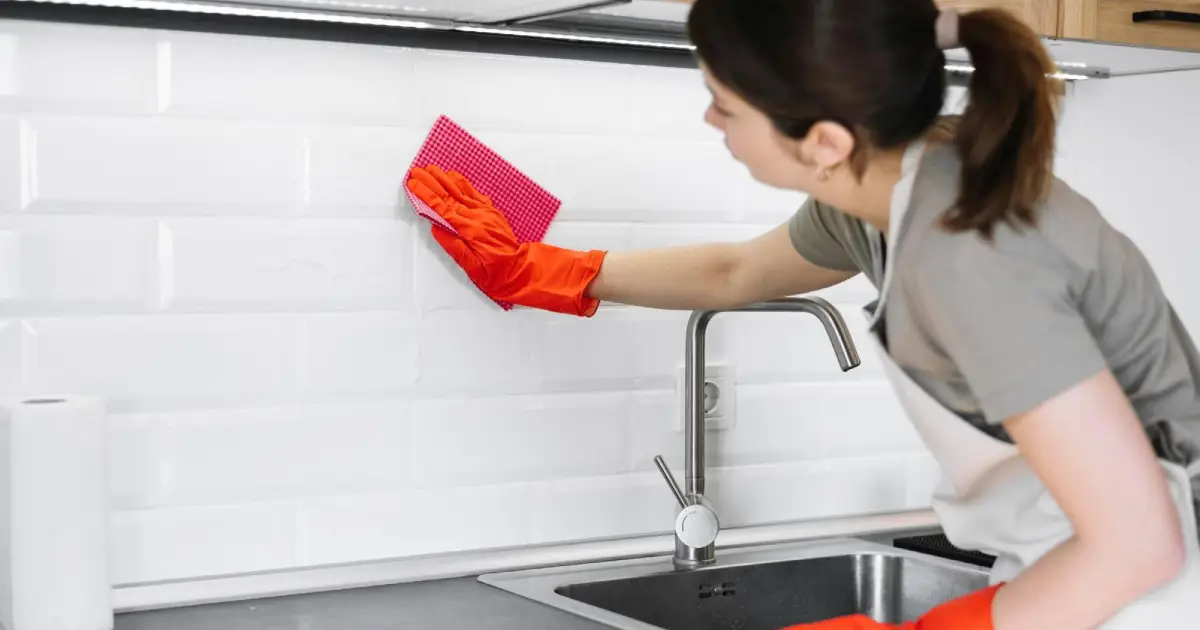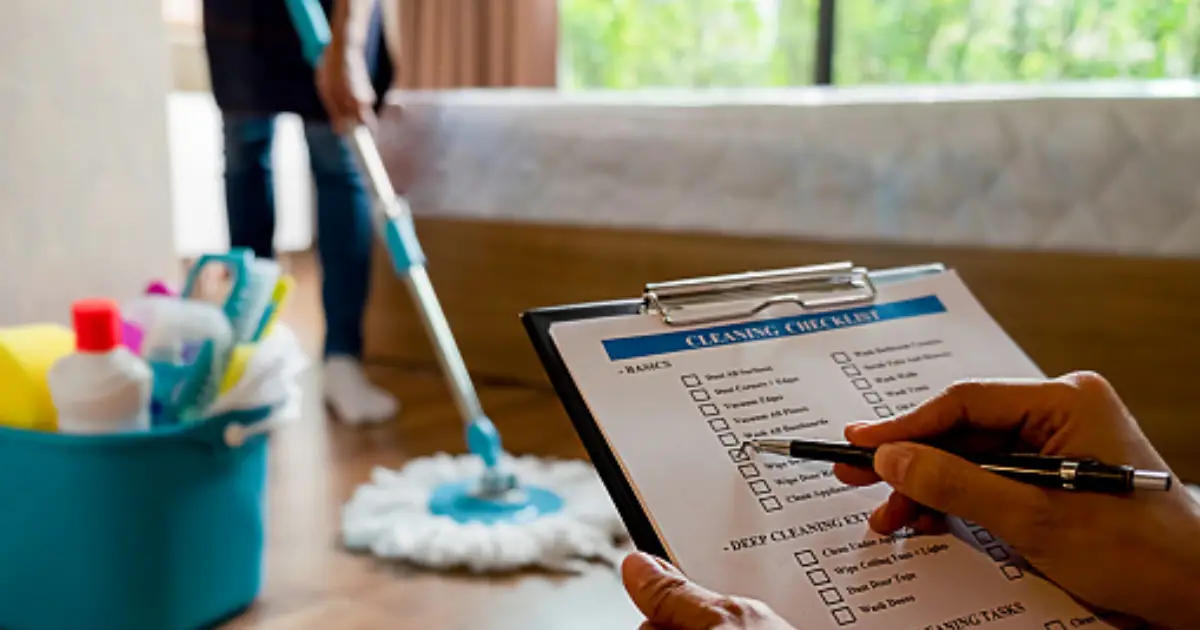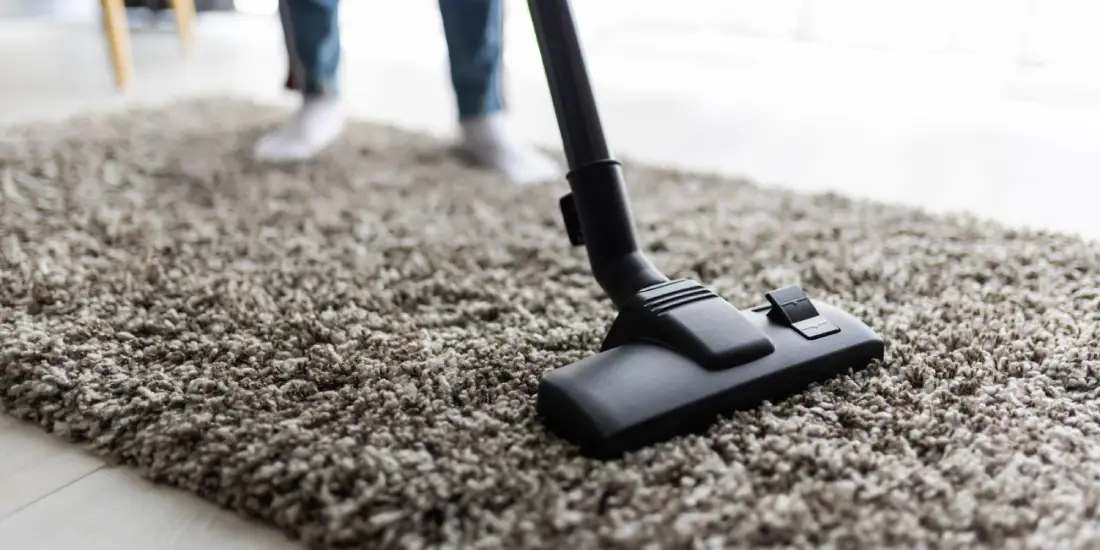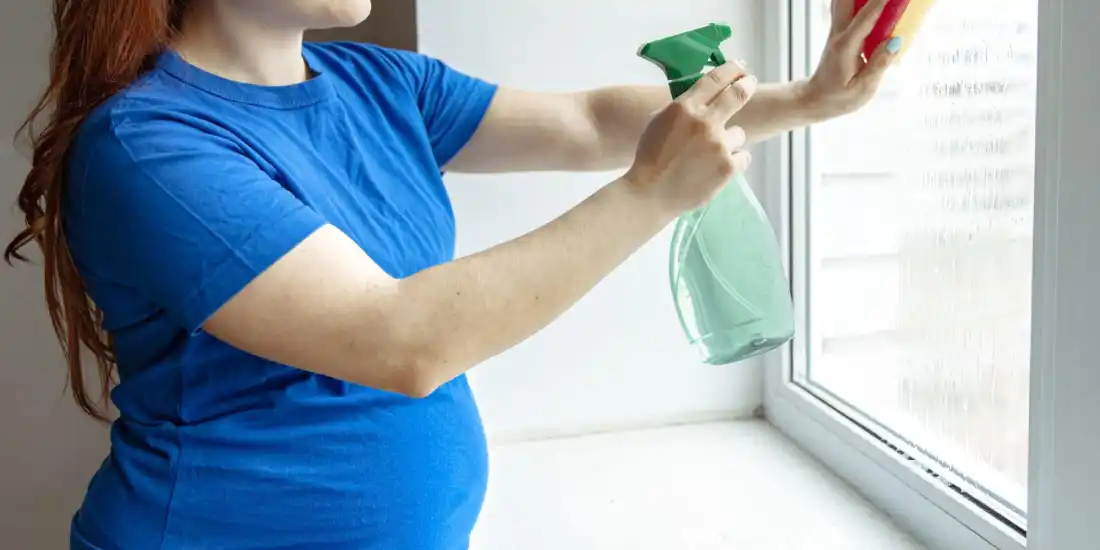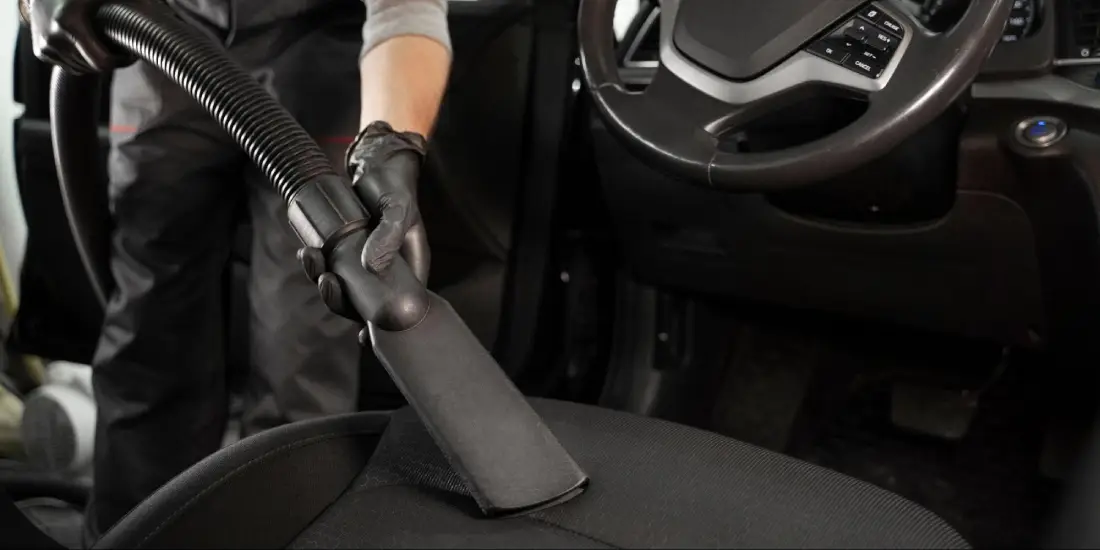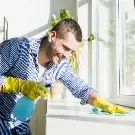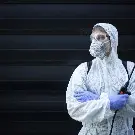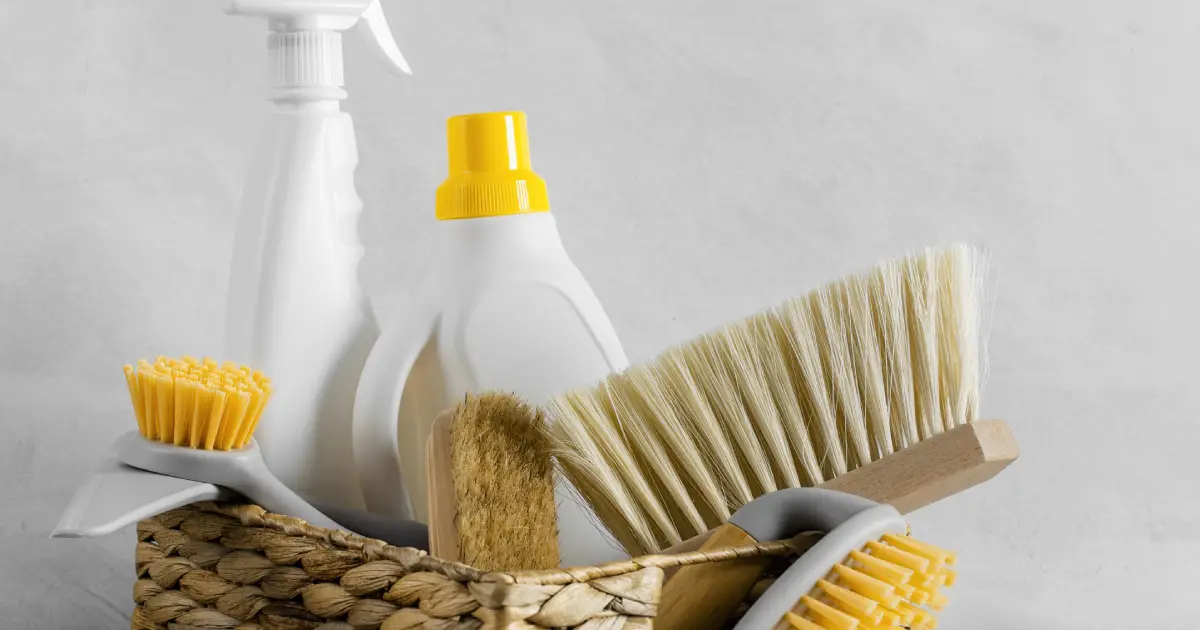
Introduction
In today’s fast-paced world, the cleanliness of commercial spaces is not just a necessity but a cornerstone of business reputation and operational efficiency. The advent of commercial cleaning technology has transformed mundane cleaning tasks into a strategic asset for businesses, enabling an unparalleled level of cleanliness that contributes directly to health, safety, and productivity. As we navigate this digital era, integrating sophisticated technologies in commercial cleaning services has become pivotal for modern enterprises aiming to maintain their premises to the highest standards.
Commercial cleaning technology leverages innovative tools such as automated floor cleaners, UV sanitization technology, and smart cleaning systems to enhance the effectiveness and efficiency of cleaning protocols. These technologies ensure thorough sanitation and cleanliness and align with sustainable cleaning practices crucial in today’s environmentally conscious market. The relevance of these technological advancements extends beyond mere cleanliness, impacting everything from employee wellness to client perceptions, positioning businesses at the forefront of operational excellence.
By adopting cutting-edge cleaning technologies, businesses can tackle cleaning challenges with ease and precision, setting new standards for hygiene and cleanliness that were previously unattainable. This proactive approach to commercial cleaning not only reflects a commitment to excellence but also showcases a company’s dedication to maintaining a pristine environment through the most advanced solutions available. As we delve deeper into the role of technology in commercial cleaning, it’s clear that embracing these innovations is no longer optional but essential for any business looking to thrive in the competitive modern marketplace.
What is Commercial Cleaning Technology?
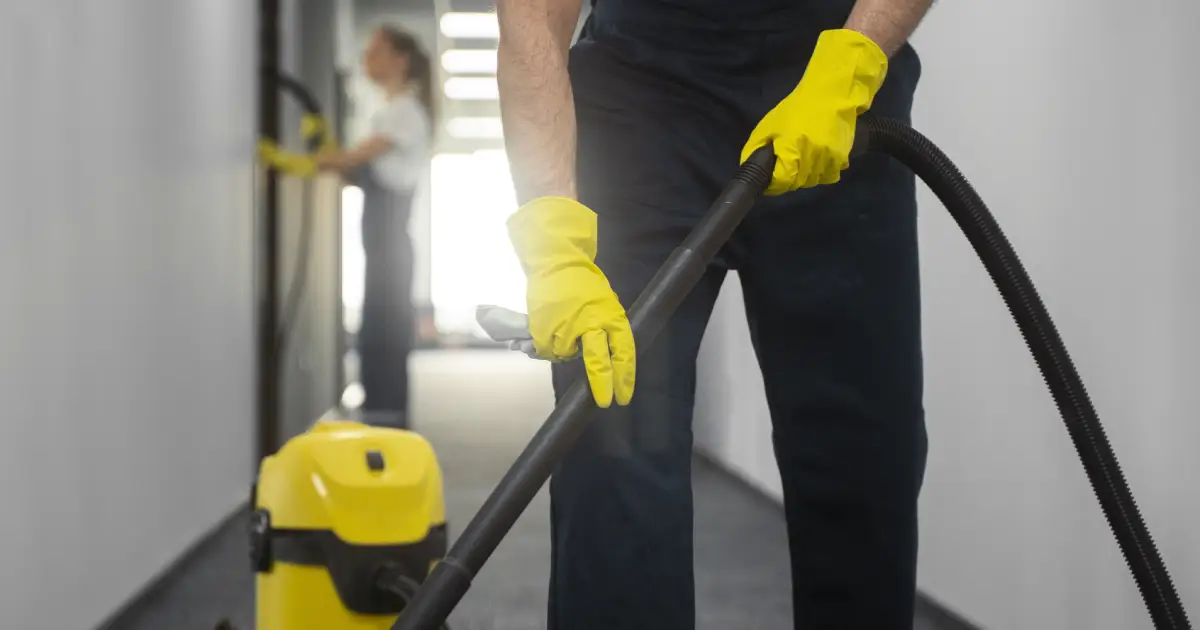
Commercial cleaning technology encompasses a range of innovative solutions designed to enhance the efficiency and effectiveness of cleaning operations in business environments. This technology integrates advanced machinery, smart devices, and specialized cleaning agents to transform traditional cleaning methods, making them more precise, less labour-intensive, and more cost-effective. The scope of commercial cleaning technology is broad, including everything from robotic vacuum systems and automated floor cleaners to electrostatic spray disinfection and UV sanitization technology.
Incorporating these technologies into cleaning services is crucial for modern businesses that prioritise health, safety, and productivity. By leveraging smart cleaning technology, businesses can achieve higher standards of cleanliness with reduced human error and consistent results. For instance, automated floor cleaners equipped with high-efficiency particulate air (HEPA) filters can navigate large spaces independently, ensuring that all areas are free from allergens and pollutants, which are crucial for maintaining indoor air quality.
Moreover, the use of touchless cleaning technology and hygiene monitoring systems reflects a commitment to advanced sanitation practices, essential in today's health-conscious world. These technologies not only improve the physical cleanliness of spaces but also enhance the psychological comfort of both employees and customers by demonstrating a business's dedication to maintaining a safe environment
Latest Innovations in Commercial Cleaning Machines and Tools
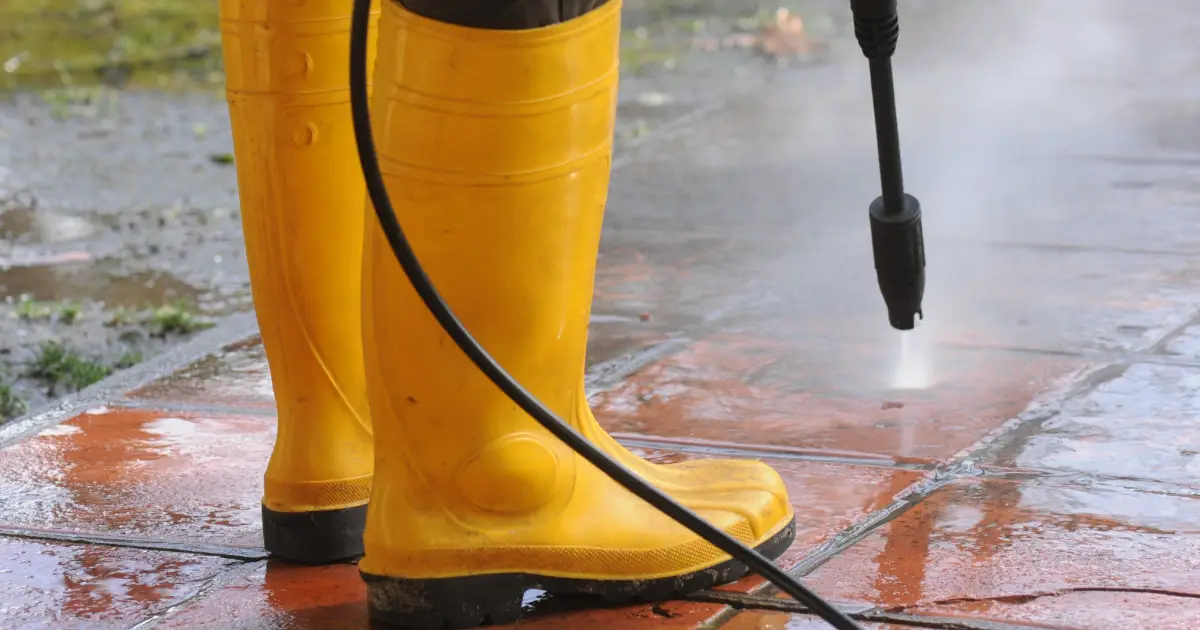
The landscape of commercial cleaning has been revolutionized by technological advancements that optimize efficiency and effectiveness. Here, we explore the latest innovations in cleaning machinery and tools that are setting new standards for cleanliness in large commercial spaces.
Automated Floor Cleaners
Automated floor cleaners have become indispensable in managing vast commercial areas. These devices, ranging from ride-on sweepers to stand-behind scrubbers, are equipped with advanced sensors and programming capabilities. They can navigate around obstacles, cover extensive areas without oversight, and adjust to different flooring types. The benefits are manifold: significant labour cost savings, consistent cleaning outcomes, and minimized human fatigue, all contributing to a more sustainable operational approach.
Commercial Cleaning Robots
Robotic technology in cleaning, particularly automated vacuum systems, has transformed mundane cleaning tasks into efficient processes. These robots operate autonomously, equipped with mapping technology and adaptive routines to ensure thorough coverage. They are particularly effective in maintaining cleanliness in high-traffic areas, reducing the workload on human staff, and increasing productivity by allowing cleaning crews to focus on more critical tasks. This shift not only enhances cleaning standards but also integrates smart technology into everyday maintenance, and future-proofing cleaning protocols.
Pressure Washing Techniques
Pressure washing is a powerful method for maintaining the exterior aesthetics of commercial buildings. High-pressure water jets remove dirt, grime, and other deposits from surfaces like sidewalks, parking lots, and facades without the need for harsh chemicals. This technique not only improves the building's appearance but also prevents the decay of materials, thereby extending the lifespan of the property’s exterior elements. Pressure washing is an effective, eco-friendly option that ensures comprehensive surface cleaning with minimal environmental impact.
Steam Cleaning Systems
Steam cleaning systems offer a chemical-free solution for deep cleaning and sanitizing surfaces. By using high-temperature steam, these systems kill bacteria, viruses, and mold, making them ideal for healthcare settings and food preparation areas. The benefits of steam cleaning include not only superior cleanliness and sanitization but also the elimination of chemical residues, making it a safe choice for environments frequented by children, pets, or individuals with allergies.
Smart Cleaning Technology and IoT
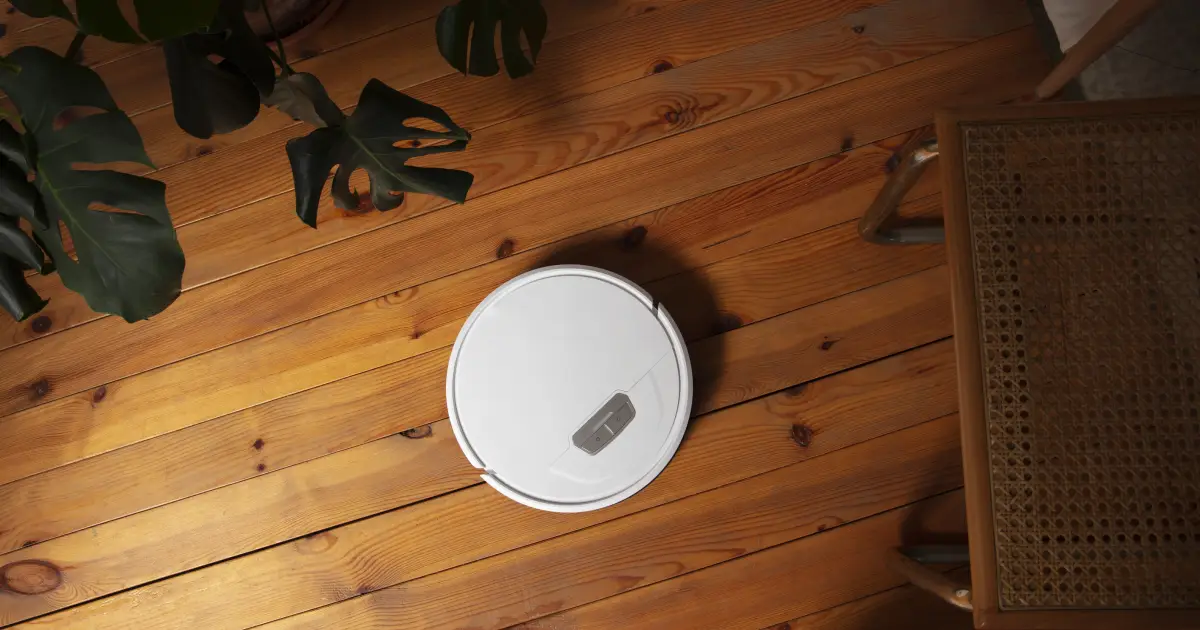
The integration of Smart Cleaning Technology and the Internet of Things (IoT) has ushered in a new era of efficiency and sophistication in commercial cleaning services. These technologies are not just enhancements; they are essential tools that reshape how businesses maintain and monitor cleanliness and hygiene in their facilities.
Smart Cleaning Technology
Smart Cleaning Technology leverages IoT devices to create smarter, more efficient cleaning schedules and maintenance routines. These systems utilize data collected from sensors embedded in cleaning machines and environments to optimize task scheduling. For example, IoT-enabled vacuum cleaners can detect areas with higher foot traffic and adjust cleaning frequencies accordingly. This not only ensures optimal cleanliness but also helps in prolonging the lifespan of the flooring by preventing over-cleaning. The use of smart devices reduces wasted effort, focusing attention where it's needed most, thus enhancing overall operational efficiency.
Hygiene Monitoring Systems
In environments where hygiene is paramount, such as healthcare facilities and food preparation areas, maintaining consistently high standards is crucial. Hygiene Monitoring Systems equipped with IoT capabilities play a vital role here. These systems provide real-time data on the cleanliness of surfaces, air quality, and other critical factors, allowing for immediate corrective actions if standards slip. For instance, sensors can detect the presence of contaminants or a decline in air quality, triggering alerts for immediate cleaning. This continuous monitoring ensures compliance with health regulations and instils confidence among patrons and regulatory bodies alike.
Touchless Cleaning Technology
Touchless Cleaning Technology is another cornerstone in the evolution of commercial cleaning, offering significant benefits in terms of both hygiene and efficiency. Devices like sensor-based soap dispensers, faucets, and hand dryers minimize the need for physical contact, thereby reducing the spread of germs and infections. In restrooms and kitchens, where hygiene is a critical concern, the importance of such technology cannot be overstated. Additionally, these touchless systems are designed to dispense precise amounts of cleaning agents or water, reducing waste and ensuring economical operation.
Enhancing Air Quality and Sanitization in Commercial Spaces
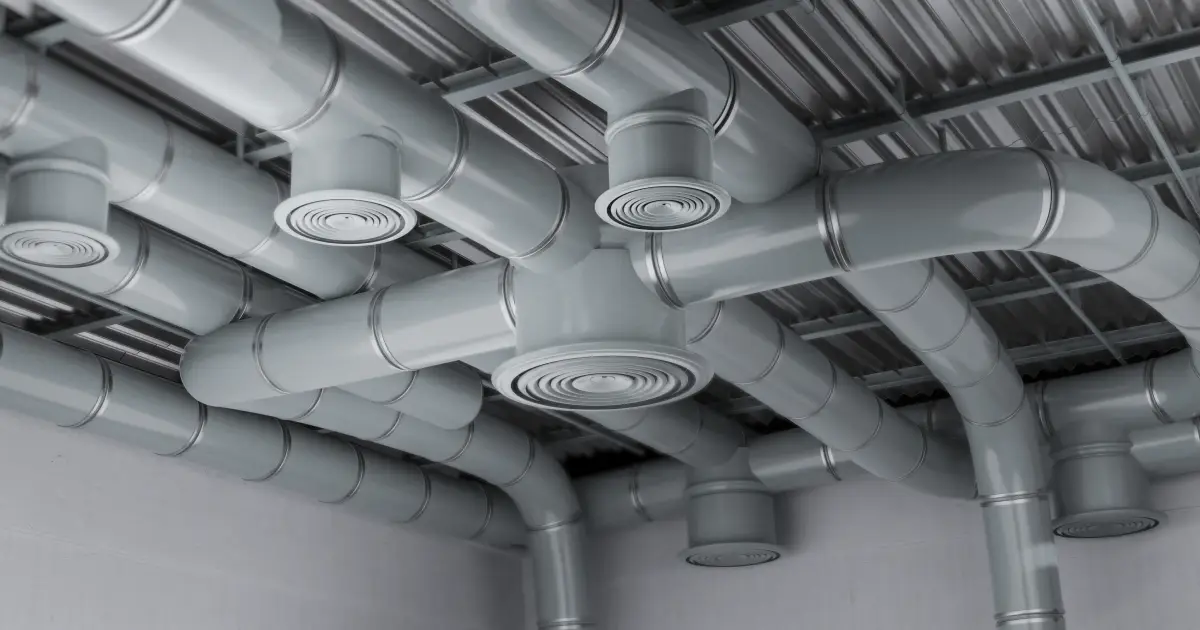
In today's health-conscious world, maintaining impeccable air quality and stringent sanitization standards in commercial spaces is more crucial than ever. Employing advanced technologies like High-Efficiency Particulate Air (HEPA) filters, UV sanitization, and electrostatic spray disinfection can significantly elevate the cleanliness and safety of these environments.
High-Efficiency Particulate Air (HEPA) Filters
HEPA filters are a cornerstone in modern air purification technology, designed to trap 99.97% of particles that are 0.3 microns in diameter. Positioned within HVAC systems or standalone air purifiers, these filters effectively capture pollutants, allergens, and pathogens such as dust, pollen, and mold spores, thereby improving indoor air quality. By incorporating HEPA filters in commercial spaces, businesses can ensure a cleaner, healthier air environment, which is vital for enhancing the well-being and productivity of occupants. The utilization of these filters is particularly beneficial in sectors where air quality is paramount, such as healthcare facilities and schools.
UV Sanitization Technology
UV sanitization technology harnesses the power of ultraviolet light to destroy the DNA of bacteria, viruses, and other pathogens, rendering them harmless. This technology is particularly effective in high-touch and high-traffic areas, where the risk of cross-contamination is high. By installing UV light systems within air ducts or using portable UV sanitization devices, commercial facilities can continually disinfect surfaces and air, significantly reducing the spread of infections. UV technology not only supports a sterile environment but is also an eco-friendly sanitization method, as it reduces the reliance on chemical disinfectants.
Electrostatic Spray Disinfection
Electrostatic spray disinfection technology enhances the effectiveness of liquid disinfectants by charging the droplets as they pass through a sprayer. This charge causes the droplets to adhere to surfaces more uniformly and cover hard-to-reach areas, providing a comprehensive disinfection. This method is particularly advantageous in large spaces or on complex surfaces, where traditional wiping might miss or unevenly apply disinfectants. Electrostatic sprayers ensure that every corner, crevice, and surface is treated, making them ideal for environments like gyms, schools, and offices where surface contamination could easily occur.
Eco-Friendly Practices in Commercial Cleaning

In an era where environmental responsibility is more critical than ever, eco-friendly practices in commercial cleaning not only reflect a commitment to sustainability but also enhance a company's brand image and appeal to environmentally conscious consumers. By integrating green cleaning certifications, biodegradable cleaning agents, and sustainable cleaning methods, businesses can significantly reduce their environmental footprint while maintaining high standards of cleanliness.
Green Cleaning Certifications
Green cleaning certifications are essential indicators of a service provider's commitment to environmental stewardship. These certifications, such as the Green Seal or EcoLogo, require adherence to strict guidelines that minimize ecological impact. They signify that a cleaning company uses products and practices that are safe for the environment, employees, and clients. For businesses, choosing a certified cleaning provider means contributing to a sustainable future and demonstrating corporate social responsibility, which can enhance customer trust and loyalty.
Biodegradable Cleaning Agents
The cleaning industry has seen a significant shift towards the use of biodegradable cleaning agents in commercial settings. Unlike traditional cleaning chemicals that can contain harmful toxins and pollutants, biodegradable formulas break down naturally in the environment, reducing pollution and minimizing harm to wildlife and ecosystems. Implementing these agents not only helps in achieving a smaller environmental footprint but also ensures safer conditions for both the cleaning staff and the facility's occupants, reinforcing a brand's commitment to health and sustainability.
Sustainable Cleaning Practices
Adopting sustainable cleaning practices involves more than just using eco-friendly products. It includes employing methods that conserve resources, such as reducing water usage and optimizing cleaning processes to decrease energy consumption. These practices not only help businesses comply with environmental regulations but also position them as industry leaders in sustainability. For a company, showcasing a commitment to sustainable practices can significantly enhance its brand image, attracting customers, investors, and employees who prioritize environmental ethics in their personal and professional choices.
Challenges and Future Directions in Commercial Cleaning Technology
The field of commercial cleaning is rapidly evolving, driven by technological innovations and increasing demands for efficiency and sustainability. However, integrating advanced technology into cleaning practices brings its own set of challenges, even as it opens up new avenues for the future of the industry. Understanding these challenges and anticipating future trends is crucial for businesses to stay competitive and effective.
Current Challenges in Commercial Cleaning Technology
One of the primary challenges faced by cleaners using advanced technology is the high initial cost and maintenance of sophisticated equipment. Technologies such as robotic cleaners and IoT-enabled devices require significant upfront investment, which can be a barrier for small to medium-sized enterprises. Additionally, there is a learning curve associated with deploying new technologies, requiring ongoing training and adaptation by cleaning staff. This can lead to temporary reductions in efficiency and potential resistance from employees accustomed to traditional cleaning methods. Furthermore, the reliability of these high-tech tools and their effectiveness in diverse commercial environments can vary, necessitating regular updates and adjustments to ensure peak performance.
Future of Commercial Cleaning
Looking ahead, the future of commercial cleaning seems poised for exciting developments, with technology playing a pivotal role. Anticipated trends include the increased adoption of AI and machine learning to optimize cleaning routes and schedules based on real-time data. Additionally, the integration of augmented reality (AR) could provide on-the-job training for cleaners, enhancing their ability to tackle complex tasks more efficiently. Environmental sustainability will continue to drive innovation, with an emphasis on developing more eco-friendly products and practices, such as waterless cleaning technologies and advanced recycling systems. As these technologies mature, they promise to make commercial cleaning more efficient, effective, and environmentally responsible.
The Evolving Role of Professional Janitorial Services
Despite the surge in technological solutions, the role of human expertise remains indispensable in the cleaning industry. Professional janitorial services are evolving, with a growing focus on managing and maintaining sophisticated cleaning technologies alongside traditional tasks. The future will likely see janitorial roles expand to include more specialized skills, such as operating and troubleshooting advanced cleaning equipment and implementing sustainability practices. This shift not only elevates the profession but also enhances the value provided to clients through a combination of high-tech solutions and human oversight.
Conclusion
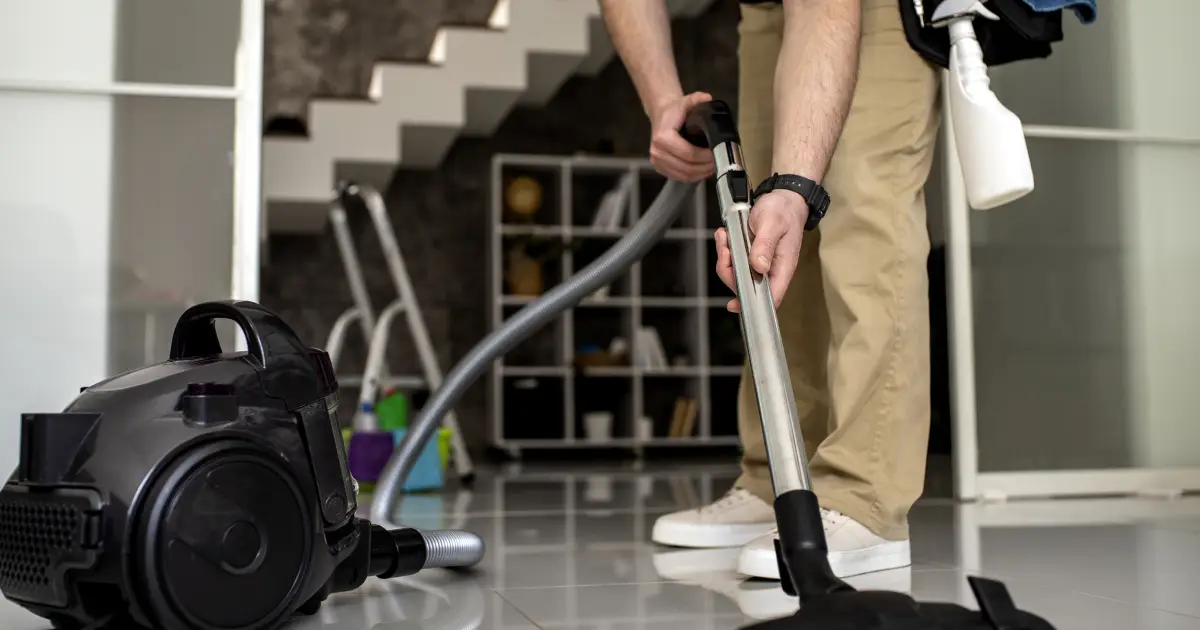
As we navigate an increasingly competitive and fast-paced business landscape, the importance of adopting cutting-edge commercial cleaning technologies has never been more crucial. These advancements offer transformative benefits for businesses, not only enhancing the efficiency and effectiveness of cleaning operations but also elevating overall facility management.
Advanced cleaning technologies such as automated systems, smart devices, and eco-friendly solutions play a pivotal role in modernizing commercial spaces. They ensure that businesses can maintain impeccable cleanliness standards while also adhering to sustainability practices. By leveraging tools like robotic cleaners, IoT-enabled devices, and biodegradable products, companies can significantly reduce their environmental footprint, lower operational costs, and improve the health and safety of their environments.
For businesses looking to stay ahead, integrating these technologies into their operations can lead to enhanced customer satisfaction and loyalty. A clean, well-maintained facility speaks volumes about a company's values and operational excellence, impacting first impressions and long-term relationships with clients and visitors. Moreover, the use of innovative cleaning solutions demonstrates a commitment to innovation and sustainability, attributes highly valued in today's market.
We encourage all business leaders and facility managers to consider how these cutting-edge technologies can transform their cleaning protocols and facility management strategies. Adopting modern cleaning technologies is not just an operational upgrade—it's a strategic investment in your business's future, ensuring that your premises reflect the highest standards of cleanliness, efficiency, and responsibility.

Professional Cleaning Services in Gold Coast
book now
Recent Posts
-
![Comprehensive Guide to Bond Cleaning with Ozclean]()
A Comprehensive Guide to Bond Cleaning with Ozclean
January 18, 2024
Admin
-
![blog-thumbnail]()
-
![blog-thumbnail]()
The Complete Guide to Dog Hair Removal from Office Carpets
December 28, 2023
Admin
-
![blog-thumbnail]()
Winter Cleaning Tips For Outdoor Spaces
August 03, 2023
Admin
-
![blog-thumbnail]()
Robotic Vacuums: Advantages And Disadvantages
April 14, 2023
Admin
-
![blog thumbnail]()
Tips For Cleaning Your Kitchen Efficiently And Effectively
March 30, 2023
Admin
-
![blog-thumbnail]()
Room-by-Room Cleaning Checklists for an Efficient Clean
March 08, 2023
Admin
-
![blog-thumbnail]()
Effective Ways To Remove Rust Stains From Bathtub
January 31, 2022
Admin
-
![blog-thumbnail]()
5 Effective Carpet Cleaning Hacks
January 10, 2022
Admin
-
![blog-thumbnail]()
5 Cleaning Tips For Pregnant Ladies
December 27, 2022
Admin
-
![blog-thumbnail]()
6 Tips To Choose The Ideal Vacuum Cleaner For Your Car
December 13, 2022
Admin
-
![blog-thumbnail]()
5 Benefits When You Chose Professional Roof Cleaning
May 03, 2022
Admin
